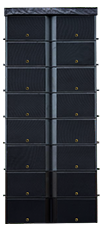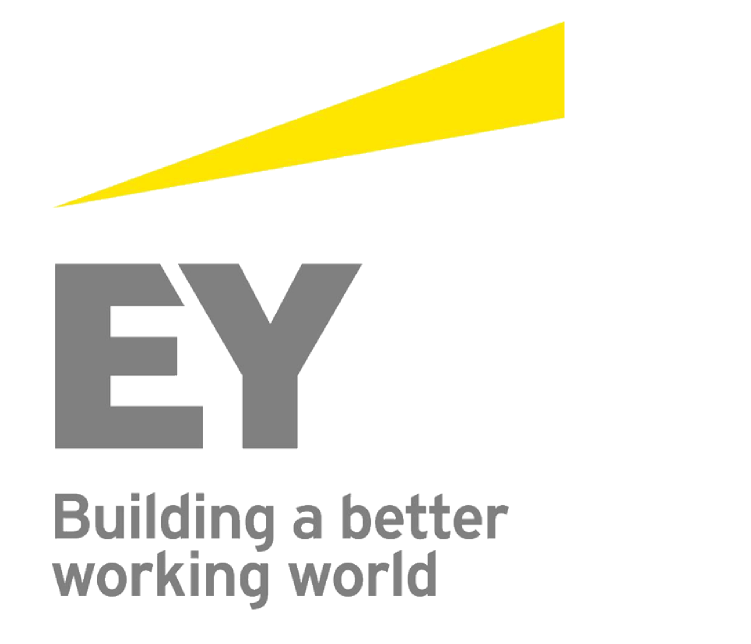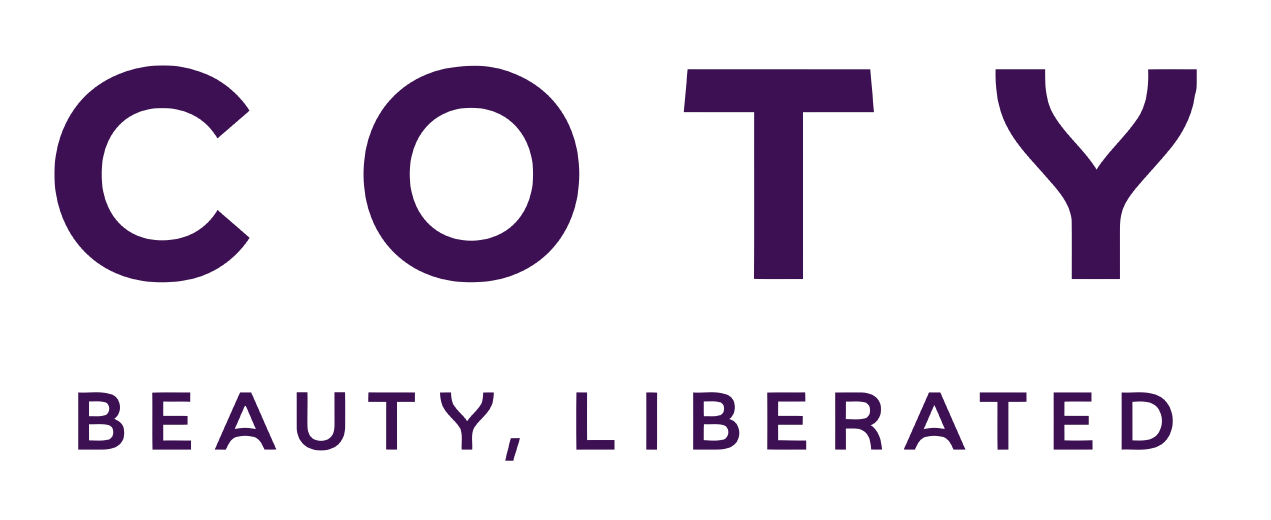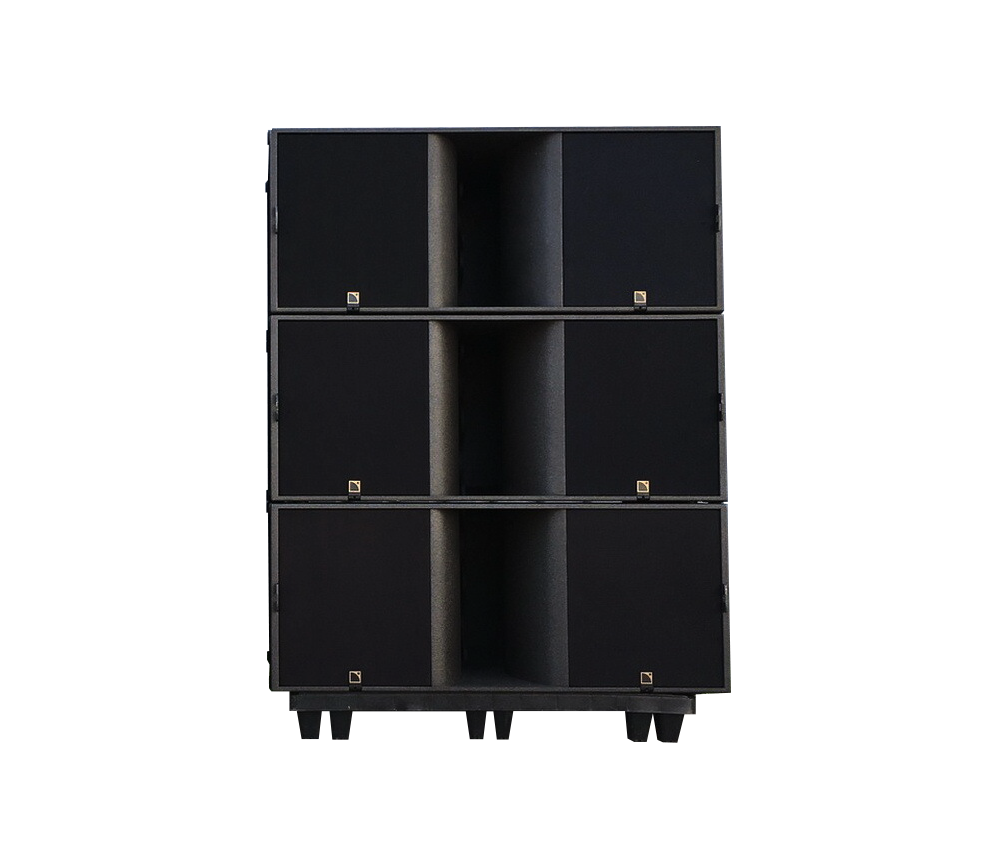LED display vs projector: Which is the right choice for your event?
Feb 13, 2025In this article, we’ll explore the key differences, benefits, and considerations of LED displays and projectors to help you make an informed decision for your next event.
When planning an event, selecting the right visual display technology is a critical decision that can significantly impact the experience for your audience. LED displays and projectors have unique advantages, making them suitable for different types of events and settings. But how do you determine the best choice for your specific needs?
In this article, we’ll explore the key differences, benefits, and considerations of LED displays and projectors to help you make an informed decision for your next event.
What are LED displays and how do they work?
LED displays are advanced digital screens composed of numerous LED panels arranged seamlessly to form a unified, large-scale visual display. These displays are commonly used in events, advertising, and presentations due to their brightness, clarity, and flexibility.
Each LED panel consists of tiny light-emitting diodes (LEDs) that produce vibrant colors and sharp visuals. When multiple panels are connected, they create a video wall capable of displaying one continuous image or different content across various sections.
Read more:
>> How to determine how many LEDs are in my video wall?
>> Projector Screen vs Wall: Which is Better for Your Setup?
The functionality of an LED video wall relies on specialized hardware and software. A video wall controller or processor manages the content by dividing a single image or video into segments and distributing them to the appropriate screens.
This ensures precise synchronization, with no visible gaps or mismatches between the panels. Advanced content management software allows users to easily control what is displayed, offering the flexibility to show either one large image or multiple smaller visuals simultaneously.
This modular design also makes LED displays highly adaptable. Panels can be replaced or added to suit different event spaces or content requirements, providing a scalable solution for various applications, from small conferences to large-scale concerts or exhibitions. With their seamless integration and dynamic capabilities, LED displays are a go-to choice for impactful visual presentations.

What are LED displays and how do they work?
What is a projector and how does it work?
A projector is a device designed to display images or videos on a large surface, such as a wall or screen, making it ideal for presentations, home theaters, classrooms, and conference rooms. Unlike direct-view displays, a projector uses light to enlarge visuals from a small source, allowing audiences to view them on a much bigger scale.
The process starts with the projector receiving input from a connected device, such as a computer, streaming box, or media player. This input is then illuminated by a powerful light source, typically a lamp or LED. The illuminated image passes through a lens system that focuses and magnifies it, creating a clear, enlarged projection.
Projectors often come equipped with tools for fine-tuning the display, such as focus and zoom adjustments, as well as keystone correction, which helps align the image on the surface properly. The quality of the projection depends on the projector's resolution, brightness (measured in lumens), and the type of lens used. A dark or dimly lit environment is usually required to enhance the image's visibility and contrast for optimal viewing.
Projectors are valued for their ability to create large displays relatively cheaply compared to LED walls or massive screens. Their compact and portable designs make them convenient for various uses.
However, they do have some drawbacks, such as lower image resolution and brightness in comparison to high-end displays, sensitivity to ambient light, and the need for regular maintenance like bulb replacement. Despite these limitations, projectors remain a versatile and cost-effective option for delivering impactful visual experiences.

What is a projector and how does it work?
Comparison: LED displays vs. projector
When deciding between LED displays and projectors for your event, it's essential to compare their features and suitability for different needs. Let’s explore key factors to help you choose the best option.
Image quality
Image quality is a crucial factor when choosing between LED displays and projectors. While projectors were traditionally the go-to solution for large-scale visuals, they face inherent challenges, especially when dealing with environmental light.
Projectors rely on reflected light, making them highly sensitive to ambient lighting conditions. Bright rooms or uncontrolled lighting can wash out the image, reduce contrast, and diminish the overall impact.
To combat this, projector setups often require specialized screens with optical coatings to optimize image reflection and minimize distortions, but these enhancements are not always foolproof.
In contrast, LED displays emit light directly from their panels, ensuring consistent LED display brightness and vivid colors even in well-lit environments. This capability allows LED displays to deliver superior performance in a broader range of lighting conditions without sacrificing quality.
Additionally, LED panels excel at producing "true blacks" because they can completely turn off individual LEDs, unlike projectors, which struggle to balance brightness and contrast due to their reliance on-screen materials and light pathways.
Another advantage of LED displays is their seamless edge-to-edge design. Unlike projectors, which may require techniques like digital edge blending to create a continuous image on large surfaces - often leading to reduced resolution and visual artifacts—LED displays maintain sharpness and clarity across their entire surface. Issues such as doubled light intensity or unnatural brightening in overlapping projection zones are completely avoided with LED technology.
Refresh rates further enhance the image quality of LED displays. With rates measured in thousands of hertz, these displays can update visuals at remarkable speeds, ensuring smooth motion without flickering. This is especially beneficial for fast-moving content or applications like virtual reality. In contrast, some projectors, particularly those using color wheels, may exhibit smearing effects during rapid motion, which detracts from the viewing experience.
Screen size
Screen size plays a significant role in determining the best display option for your event. LED displays, while offering exceptional image quality, have limitations when it comes to maximum screen size.
The largest commercially available LED screens typically range from 80 to 100 inches, which may suffice for smaller venues or intimate gatherings. However, in larger spaces such as conference halls or auditoriums, this size may not adequately serve the audience sitting farther away.
In contrast, projectors excel in delivering large-scale visuals. High-end projector models can easily project images onto screens as large as 300 inches or more without compromising image quality.
This makes projectors an ideal choice for events with large audiences, as the content remains visible and clear from virtually any seat in the room. Additionally, projectors offer the flexibility to adjust the screen size based on your needs, allowing for a customizable viewing experience.
Another notable factor is cost. A projector capable of producing a 300-inch display is often significantly more affordable than an LED display that can only reach a fraction of that size. This makes projectors a cost-effective solution for large-scale applications, especially for events where screen size is a top priority.
While LED displays may dominate in image brightness and quality, their size limitations and higher costs make them less practical for expansive venues. Projectors, with their ability to provide massive, adjustable screen sizes at a lower price point, remain a competitive option for delivering large-scale visuals that captivate and engage audiences.

Screen size plays a significant role in determining the best display option for your event
Usability
When it comes to usability, LED displays and projectors offer vastly different experiences, particularly in environments with varying lighting conditions and physical setups.
Projectors rely on external light sources to display images on a screen, which means they perform best in dark or dimly lit environments. High ambient light, such as sunlight or bright artificial lighting, can wash out the projected image, reducing visibility and contrast.
While certain specialized screens can reject unwanted light to some extent, projectors still struggle to deliver optimal performance in well-lit spaces, making them less versatile for outdoor or brightly lit indoor events.
In contrast, LED displays are self-illuminating, meaning they emit light directly from the screen itself. This ensures that content remains bright and visible even in challenging lighting conditions, such as daylight or brightly lit conference rooms. This makes LED displays a superior choice for events in environments where controlling ambient light is difficult or impossible.
Another usability concern with projectors is the space required for installation. The gap between the projector and the screen must be carefully maintained to ensure proper image alignment.
Any objects that interrupt the projector's beam, such as people walking through or equipment in the way, will cast shadows and obstruct the image. Additionally, projectors can be accidentally bumped or moved, which may result in a misaligned or out-of-focus display.
LED displays, on the other hand, require far less space and are mounted directly on walls or stands. This eliminates the risk of interruptions caused by shadows or misalignment. They are also better suited for interactive applications, such as virtual reality experiences, where users can move and gesture freely without worrying about disrupting a light path.
Ultimately, while projectors may be suitable for controlled environments, LED displays offer unmatched usability in diverse settings. Their ability to perform in any lighting condition, combined with their compact and interruption-free design, makes them the more practical and user-friendly option for many modern events.
Flexibility
Flexibility in display technology encompasses not just size adjustments but also adaptability to various environments and creative configurations, where LED displays and projectors offer contrasting strengths.
Projectors deliver flexibility through their adjustable image sizes, which can be modified by repositioning the device relative to the screen. This capability allows one device to accommodate different venues and screen requirements, such as shifting from a small classroom setup to a large conference hall.
However, projectors depend heavily on external factors like suitable projection surfaces and adequate space for proper alignment. Additionally, obstacles in the projection beam can disrupt the viewing experience, highlighting one of the inherent challenges of this technology.
LED displays, in contrast, redefine flexibility with their modular design. Individual LED panels can be assembled to create displays of nearly any dimension or shape, offering unparalleled creative freedom.
From towering outdoor billboards to immersive curved screens at exhibitions, LED displays cater to a broad spectrum of needs without the constraints of distance or surface dependency. This makes them particularly well-suited for unconventional or challenging environments, such as brightly lit outdoor spaces or complex stage setups.
Moreover, the multi-functional capabilities of LED displays take flexibility a step further. With advanced content management systems, these screens can split into multiple sections to showcase diverse visuals simultaneously, such as live video feeds, advertisements, or interactive presentations. This versatility enables event organizers to maximize the impact of their visual content while maintaining seamless integration into the event’s overall aesthetic.
Installation
Projectors are generally considered simpler to set up initially. A single projector unit, paired with a screen or a blank wall, can be installed quickly and relocated as needed.
For small-scale applications, such as classrooms or meeting rooms, projectors often only require mounting brackets or a stable surface for placement. However, challenges arise when alignment is critical. Proper positioning, calibration, and keystone corrections are necessary to ensure the image is not distorted or misaligned, especially in larger venues.
Additionally, projectors must often be installed at a sufficient distance from the screen to achieve the desired image size, which can limit placement options in compact spaces.
LED displays, on the other hand, demand a more intricate installation process, especially for large-scale or customized setups. Unlike projectors, LED displays are built from multiple panels that need to be connected and aligned precisely. This modular design allows for significant versatility in size and shape, but assembling these panels requires expertise and time.
For fixed installations, such as video walls in conference halls or outdoor advertising screens, additional structural support and cabling are often needed to secure the display and power the system.
While the installation process for LED displays may take longer and involve higher upfront effort, they offer significant long-term benefits. Once installed, LED displays are low-maintenance, and their durability ensures minimal disruptions.
In contrast, projectors may require frequent adjustments, such as recalibrating the alignment or replacing bulbs, especially in venues with high usage.

LED displays demand a more intricate installation process
Cost
While the upfront cost of direct-view LED displays is generally higher than projectors, they offer substantial savings over time. LED displays require minimal maintenance and rarely need replacement or adjustments once installed.
If a tile gets damaged, it's usually easier and quicker to replace, as many systems are designed with front-accessibility features that allow engineers to swap out tiles without disassembling the entire setup. This reduces the time and labor costs involved in repairs or replacements.
Besides that, projectors, especially high-end models, often come with higher maintenance costs over their lifespan. If a projector malfunctions, it typically requires specialized equipment for removal, such as cranes or scaffolding, to lower and replace the unit.
The installation of a new projector also involves aligning it properly, ensuring the image quality matches the previous one, and sometimes recalibrating the colors. These additional labor and equipment costs can add up over time.
In terms of lifespan, both LED displays and laser projectors can operate for thousands of hours, but the longevity varies. LED displays can last up to 100,000 hours, maintaining brightness and image quality throughout use. In comparison, laser projectors typically last only around 20,000 hours before their brightness starts to decline by about 50%.
This significant difference in longevity means that over time, the projector may need to be replaced or maintained more frequently, making it a less cost-effective option for long-term use.
Which is better for you: LED displays or projection?
Choosing between LED displays and projectors for large-format content distribution, the decision ultimately depends on your specific needs. While projectors may seem like an easy solution for some, they often fail to match the efficiency and value that LED video walls provide, particularly for commercial and professional environments.
Higher resolution
LED video walls offer a significant advantage in terms of resolution. Composed of multiple screens, each with high resolution, they deliver clear, sharp images even when enlarged. This ensures high-quality visuals for large audiences, making them ideal for presentations, events, and advertising. In contrast, projectors tend to offer lower resolution, leading to less clarity, especially when projecting large images.
Flexible content management
Another major benefit of video walls is their ability to display multiple pieces of content simultaneously. You can easily manage and customize what each screen shows, providing flexibility for presentations, advertising, or data display. With projectors, however, content management is more limited, as the image on the screen typically has to be adjusted manually, offering far less versatility.
Lower maintenance costs
While the cost of LED video walls comes with a higher initial, their long-term maintenance requirements are minimal. These displays are designed for durability, reducing the need for frequent repairs or replacements.
Projectors, on the other hand, often require regular bulb replacements and other maintenance, which can accumulate over time, making them a more expensive option in the long run.
Better visibility
LED video walls excel in environments with high ambient light. Their brightness ensures excellent visibility even in well-lit rooms, making them ideal for spaces with natural light or outdoor settings. Projectors, however, struggle in such conditions, often requiring dark rooms for optimal viewing. This makes video walls a better investment for spaces where lighting control is not ideal.
Ultimately, the choice between LED displays and projectors depends on your specific needs, such as resolution, content flexibility, maintenance, and lighting conditions. If you're looking for a long-term investment with superior image quality, ease of use, and minimal maintenance, an LED video wall is likely the better option. However, if budget and space are primary concerns, a projector might still be a suitable choice, provided you can manage its limitations.

Which is better for you: LED displays or projection?
AV Vietnam’s LED display and projection rental services
With nearly 15 years of experience in the audiovisual industry, AV Vietnam stands as a trusted provider of high-quality LED display and projection rental services. Specializing in both large-scale events and intimate settings, we offer a wide range of solutions tailored to meet your specific needs. Whether you're hosting a corporate conference, a live concert, or an exhibition, AV Vietnam ensures your visuals are delivered with exceptional clarity, brightness, and precision.
Our LED Wall rental service features cutting-edge technology designed to perform in various environments, from bright conference rooms to outdoor events. With flexible configurations and seamless content integration, our LED screens provide vivid, high-resolution images that capture your audience’s attention. Plus, our team of experts is on hand to manage setup, operation, and maintenance, ensuring a smooth, hassle-free experience from start to finish.
For those looking for projection solutions, AV Vietnam offers top-tier projectors for all types of events. Whether you're presenting in a large hall or a small meeting room, our projection equipment delivers crisp and vibrant visuals with excellent color accuracy and detail. We also provide full support with projector installation, calibration, and adjustment, ensuring optimal performance throughout your event.
By choosing AV Vietnam for your LED display and projection rental needs, you benefit from a reliable partner with a proven track record of delivering impressive visual solutions. Let us bring your event to life with stunning visuals that leave a lasting impression.

AV Vietnam’s LED display and projection rental services
Choosing between an LED display and a projector depends on your event’s scale, venue, and visual needs. Need expert advice?
Contact AVVietnam at (+84) 939 311 911 - (+84) 918 640 988 for the best AV solutions!






